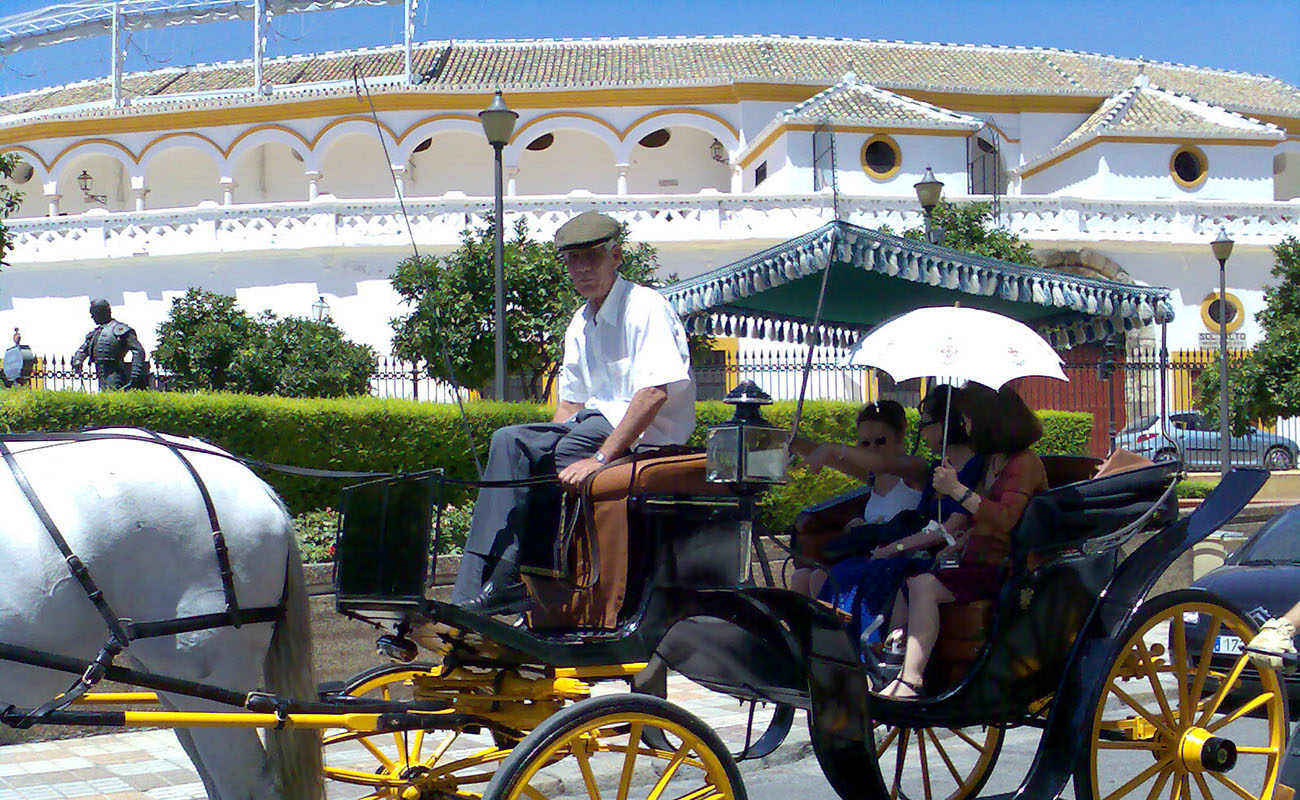Squeezing flamenco
The city of Seville still wants the Bienal de Flamenco festival to be one of its main sources of income. It’s the event that attracts the most tourists, after the Holy Week celebrations and its April Fair. That’s why it’s considered important, not because flamenco is an art that represents us all over the world, an art with history, because the City

The city of Seville still wants the Bienal de Flamenco festival to be one of its main sources of income. It’s the event that attracts the most tourists, after the Holy Week celebrations and its April Fair. That’s why it’s considered important, not because flamenco is an art that represents us all over the world, an art with history, because the City Council of the capital of Andalusia is not really interested in those things. What they’re really after is bringing tourists to the city so they can spend their euros in restaurants, hotels, bars, taverns, shops, etc. That is, what matters is the business aspect, squeezing an art so important for Seville, which has, in fact, been abandoned by the City Council.
It’s true that the Council organizes the Bienal, but what about everything else? I mean, how come Seville is mostly unaware of its flamenco history? I’ve complained many times about this, and I’ll keep doing so. One of Seville’s most illustrious sons, the great Silverio Franconetti Aguilar (Seville, 1831-1889), pioneer of what we now call “flamenco”, doesn’t even have a damn peña named in his honor in the city where he was born. There is nothing in this city to his memory, reminding us he was from here, that he was born in the Alfalfa district and that he spent his childhood experiencing the atmosphere of the bolero academies and, after spending a few years in Morón, as an adult, he undertook a task in behalf of flamenco that no one ever thanked him for. The same goes for Manuel and Miguel de la Barrera, El Burrero, Ángel Pericet, La Campanera, Maestro Otero and Maestro Pérez. Not to mention boleras like Petra Cámara and Manuela Perea, Sevillian women who revolutionized our art in the 1800s all over Europe, but whom the people of Seville have virtually never heard of.
The history of flamenco in Seville has never been written and the City Council doesn’t care about this at all. No publisher has any interest in telling the story of those flamenco pioneers who created and elevated this wonderful art which is now used to attract tourists. Come the Bienal, and we’ll see all businesses thriving: restaurants, travel agencies, hotels, tablaos and souvenir shops. Tourists will come to restaurants and order garlic martinetes, pickled malagueñas or potatoes por bulerías. And we’ll see flamencos on the street doing circus acts, because everything goes in order to be part of the Bienal.
Certainly, there will be guided tours by people who have no clue about flamenco and will rush to read a few books about it, so they can tell the tourists who El Burrero was, or where La Campanera lost her virginity. They’ll take the tourists to the bridge of Triana to tell them that Canario de Álora was murdered right there, and to Pages del Corro street in Triana to tell then it was called Cava Nueva or Cava de Gitanos at the time Silverio was travelling in South America. The guides won’t say (because they won’t know this) that having tourists pay to enjoy and see the graceful art of Gypsies and non-Gypsies have been done since the mid 1800s.
Seville doesn’t have any flamenco archive center. This is incredible, but true. If some of those tourists who come to try lentils por tangos or meatballs a la five-and-a-half ask where they could find out more about flamenco in the 1800s, where will they be taken? To my house, or that of any other serious flamenco researcher and collector?
Translated by P. Young




